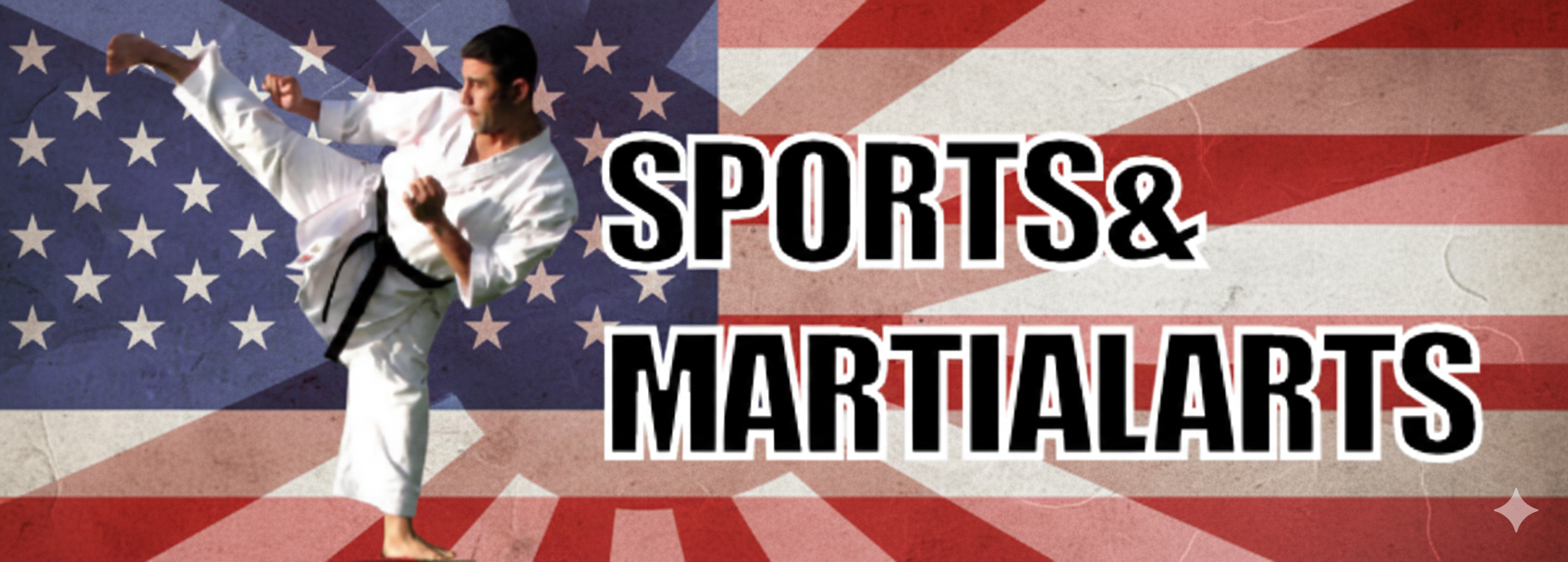Contents
- 1 Ippon Nukite – Single Finger Strike
- 1.1 What Is Ippon Nukite?
- 1.2 Key Targets for Ippon Nukite
- 1.3 Why the Single Finger Strike Is Prohibited in Competition
- 1.4 What Is Ippon Nukite?
- 1.5 Key Targets for Ippon Nukite
- 1.6 Step-by-Step Execution of Ippon Nukite in Horse Stance (Kiba Dachi)
- 1.7 Importance of a Strong Stance
- 1.8 Recommendations for Practicing the Single Finger Strike
- 1.9 Conclusion
- 1.10 Karate Requirements
- 1.11 Related
Ippon Nukite – Single Finger Strike
The Ippon Nukite, or single-finger strike, is a precise and powerful technique in Karate. Known for its sharp and focused application, it is designed to target specific vulnerable points on an opponent’s body. This technique can be found in some traditional katas and is often practiced as part of advanced Karate training. Its utility in self-defense situations lies in its ability to incapacitate an attacker quickly by targeting vital areas.
What Is Ippon Nukite?
The term Ippon Nukite translates to “one-finger spear-hand.” This unique strike involves extending the index finger, which is supported by the other fingers and the palm. While simple in theory, it requires exceptional hand strength, finger conditioning, and precise aim to execute effectively.
Developing mastery over Ippon Nukite involves meticulous training, including strengthening the finger joints and enhancing the alignment of the hand to withstand impact. This technique is a showcase of both physical and mental discipline in Karate.
Key Targets for Ippon Nukite
The Ippon Nukite is designed to target sensitive and vulnerable areas of the body, making it highly effective in self-defense scenarios. Some of the key targets include:
1. The Eyes
A strike to the eyes can temporarily blind an attacker, creating an opportunity to escape or follow up with another defensive move. This makes the Ippon Nukite a powerful deterrent in life-threatening situations.
2. The Side of the Throat
By aiming for the carotid artery or other sensitive structures in the neck, the Ippon Nukite can disrupt an attacker’s balance, impair their breathing, or incapacitate them. This precision strike requires careful training to avoid misuse or excessive force.
Why the Single Finger Strike Is Prohibited in Competition
While the Ippon Nukite is an incredible tool for self-defense, it is deemed unsafe for competition. Its primary targets, such as the eyes and throat, are too dangerous to strike in a controlled sparring environment. Using this technique in kumite will not only lead to disqualification but may also result in severe consequences for the opponent.
Karate emphasizes respect and control, and the Ippon Nukite is a reminder of the power that comes with martial arts training. Practitioners must exercise responsibility and reserve such techniques for self-defense situations where there is a genuine need to protect oneself or others.
What Is Ippon Nukite?
Ippon Nukite translates to “one finger spear-hand.” This strike utilizes the extended index finger supported by the other fingers and the palm. While it is a challenging technique to master, it showcases the precision and discipline of a Karateka.
Key Targets for Ippon Nukite
The effectiveness of Ippon Nukite lies in its ability to strike sensitive areas, including:
- Eyes: A strike to the eyes can temporarily blind an attacker, giving you time to escape or follow up with another technique.
- Side of the throat: Targeting the carotid artery or other sensitive structures in the neck can disrupt an attacker’s balance or incapacitate them.

Step-by-Step Execution of Ippon Nukite in Horse Stance (Kiba Dachi)
- Adopt Kiba Dachi:
- Begin in a strong horse stance, with your feet wide apart, knees bent, and back straight.
- Ensure your weight is evenly distributed for maximum stability.
- Position Your Hand:
- Extend your index finger straight while curling the other fingers tightly into the palm.
- Keep the thumb tucked firmly against the side of the hand to provide support.
- Focus Your Energy:
- Concentrate your energy (ki) on the tip of the index finger.
- Visualize the target and channel your strength into a single point.
- Deliver the Strike:
- Extend your arm straight toward the target, keeping your shoulder relaxed.
- Use a snapping motion from the elbow to accelerate the strike.
- Follow Through:
- Ensure the finger aligns with the target at the point of impact.
- Immediately retract your hand to guard against counterattacks.
Importance of a Strong Stance
The success of any Karate technique, including Ippon Nukite, depends heavily on the foundation provided by a strong stance. Kiba Dachi ensures stability, balance, and the ability to generate power from the ground up. Without proper stance alignment, even the most precise strikes may lack the necessary force or leave the practitioner vulnerable to counterattacks.
Recommendations for Practicing the Single Finger Strike
- Strengthen Your Finger:
- Practice finger-strengthening exercises, such as pressing against a soft surface or gripping objects.
- Target Practice:
- Use a padded target or makiwara to practice precision and control.
- Focus on Accuracy:
- Prioritize hitting small, specific targets rather than relying on brute force.
- Maintain Proper Alignment:
- Ensure your wrist and finger align correctly to avoid injury.
- Incorporate Into Katas:
- Practice katas that include Ippon Nukite to integrate the technique into your overall Karate repertoire.
Conclusion
The Ippon Nukite is a testament to the precision and discipline of Karate. Whether used in kata, training, or self-defense, its effectiveness hinges on proper technique and a strong stance. By mastering this strike, you not only enhance your Karate skills but also deepen your understanding of focus, balance, and control—qualities that are central to martial arts.
Karate Requirements
- Karate Stances
- Karate Punches
- Karate Kicks
- Karate Blocks
- Karate Strikes
- Karate Traditional Katas
- Karate Traditional Weapons
- Karate General Terminology
Follow our Social Media!











